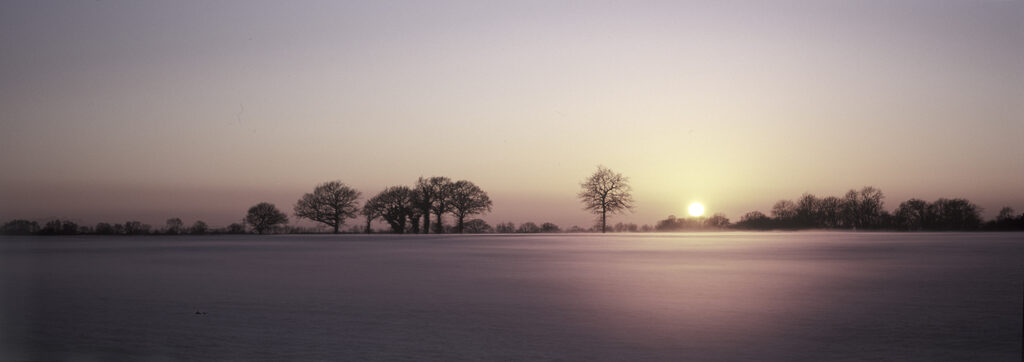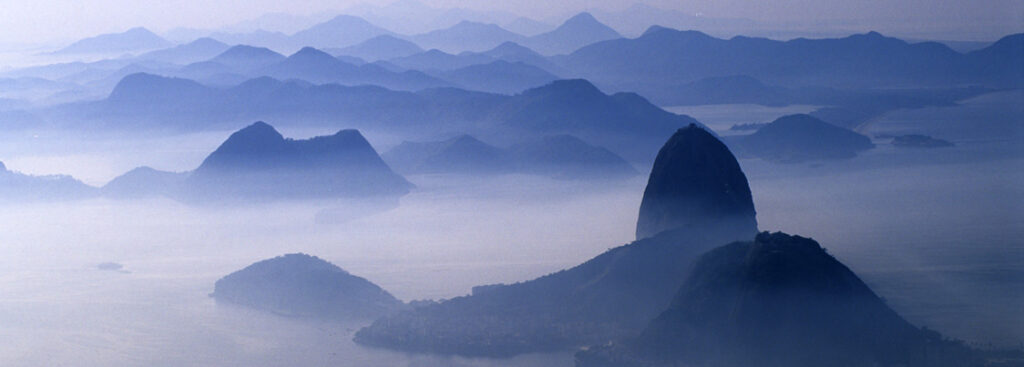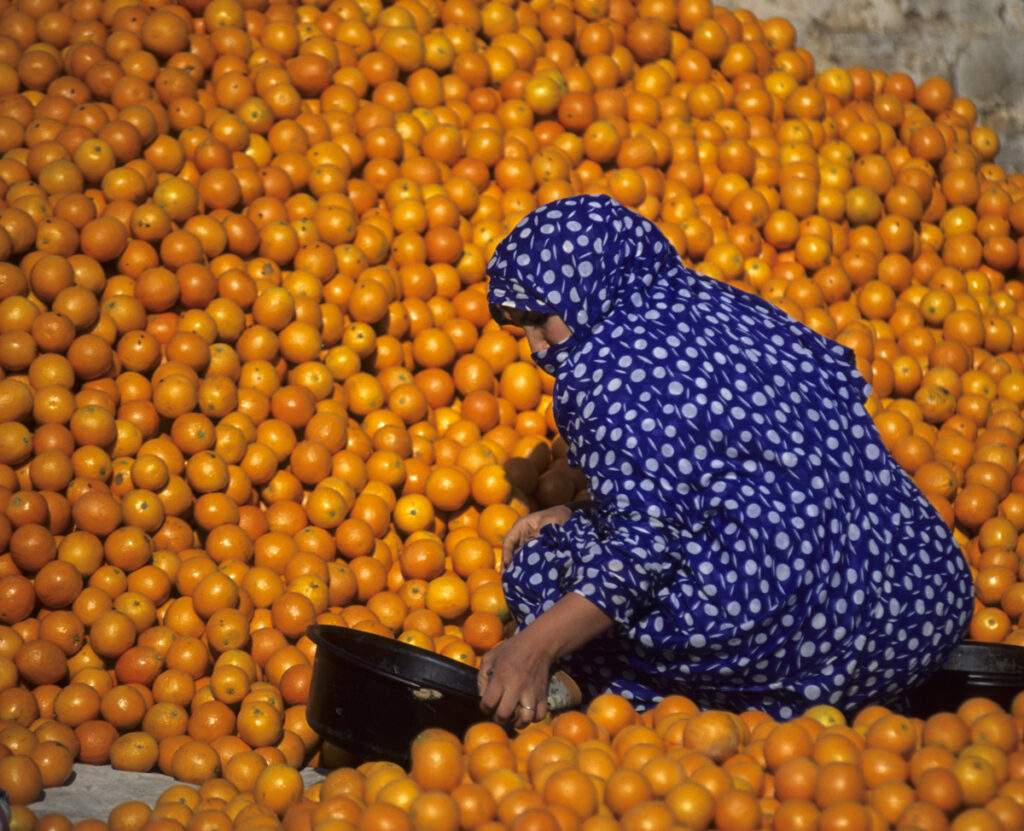Chris Coe is a physiologist by training. It was a very different career but, like so many people, he ended up becoming a photographer. This is a brief insight into how he got there and went on to found the now prestigious, international Travel Photographer of the Year awards. It isn’t the whole story but, over time he’ll reveal more….

I hate photography! Or at least I did when I was a kid. Now it is my passion.
My father was a camera geek, he had a cupboard full of them and many of my early memories were of always having a camera pointed at me and anyone who knows me will know that it’s not my preferred side of the lens.
Photography was intricately woven into our family holidays; my mother, brother and sister waiting in the car to leave for at least 30 minutes while my father rummaged through his camera cupboard deciding which cameras and lenses to bring with him. Sadly, like so many equipment geeks, I never saw a good photograph he’d taken.
In a way, though, I also have my father to thank for photography becoming a passion. As a student, at the end of my first year at university studying Physiology, I headed off to the US for a 13-week working adventure, armed with an Olympus Trip borrowed from him. That adventure inspired me – in terms of both travel and photography – and, whilst my photography was snappy and unremarkable, I was nonetheless hooked.

On my return I got seriously ill and had to drop out of uni for the year, but the cameras were in the cupboard so, as I recuperated, I began to play with them. I started exploring what they could do and began to tap into my own creativity.
On returning to my studies, I took on the role of running the photographic society for a couple of years, immersing myself in all things photographic, learning from everyone around me and soaking it all up.
Becoming a professional photographer took a little longer. I worked as a physiologist in medical research and then clinical trials and health education until my early 30s. This took me to Europe, Africa and the Middle East. My camera always came with me on these trips and, although photographic opportunities were limited and I didn’t take all that many pictures, I was nonetheless learning, experimenting and starting to develop an eye for an image.




My thirst for knowledge was driven by what I saw and working out how to capture my vision of it. Although I knew little about composition, I realise as I look back that the key elements of design – line, shape, colour and texture – were always part of that vision. I’m completely self-taught, gleaning insight from ‘how to do’ books and getting lots of bad pictures, but always learning from them. That has proved a strength as I’ve gone on to tutor people just like me, whilst empathising with the struggles they face to improve. However, for me to teach photography I had first to deconstruct what came naturally to me. This isn’t easy to analyse when something is instinctive.
A career in photography beckoned right from graduating but I resisted the temptation to jump in until I’d learned more about life, commerce and, in particular, marketing. It’s easy to think everyone is just waiting for the talents of a new photographer but it doesn’t work like that. Taking the first steps to turning pro should have been hard. I was earning a very good salary with a company car, health care and an index-linked pension – in other words financial security – but I wasn’t passionate about what I was doing. The freedoms offered by self-employment had an attraction but the biggest draw was a chance to be creative, although poorer.
Taking the plunge into full-time photography
So I did it! I decided one Christmas that on my return after the holidays I’d tell my boss I was leaving in six months time. On that day, 6th January 1986, I found out he had taken an extra day’s holiday but the staff were called in to be told they were making some of us redundant. I was asked to stay, but after some negotiation, was allowed to leave and on the same day I’d planned to. But instead of stepping out into the world with only my limited savings, I left with a very good redundancy package and this set me up with a camera system and a studio.
My photography career started in the days of film. Using this fascinating medium requires sound technical knowledge – it’s a grounding which many photographers miss when starting with a digital camera. At the time I turned professional there were plenty of good commissions available, although the heydays were probably starting to slip below the horizon. It was possible to have a good career in photography and earn the sort of money which reflected the effort and skill, with an income comparable to a good salaried job. I photographed about 40 guidebooks and over a dozen coffee table books over about a twelve-year period once I got myself established, as well as making a good income from stock photography.

I switched my focus from international travel to the UK at the end of 2000 when I realised I was never in my homeland during the spring and summer. I then embarked on travelling all around the country on shoots of royal palaces, English villages and the quirks of the British for a series of coffee table books. It was somewhat fortuitous decision as within less than a year terrorism changed our world after 9/11 and both travel and travel photography were hit badly.
Pre-2010 and the digitisation of photography, getting commissions as a travel photographer meant physically going to see picture editors in their offices, trudging from one to another with my portfolio of prints or transparencies. It was often a thankless task for photographers and probably a chore for picture editors too. The upside was that the people you worked with had faces and personalities and those interactions often stimulated creative ideas as well as being essential for getting the best commissions.
The birth of TPOTY

It was while driving back from a series of those meetings with picture editors in 2002 when, the idea for TPOTY – the project that was subsequently to take over my life – was first sparked. I was listening to Simon Mayo on Radio Two (yes I’m that old) and he was interviewing a photographer who, when asked what he specialised in, said travel photography. “Anyone with a ticket to somewhere and camera could do that.” said Mr Mayo. I was so incensed that I didn’t even hear the answer and the temperature in the car rose somewhat! In that moment I decided to do something; to create a showcase that would highlight the best ‘travel photography’ and photographers as well as broadening the public’s general perception of what travel photography is. And so, in 2003, Travel Photographer of the Year – TPOTY – was born and made its public debut.
As TPOTY grew rapidly, my own photography was forced to take a back seat. Has it been worth it? Sometimes I think ‘no’ on a personal level as I miss daily life with a camera in-hand, but then I see the pleasure people get from TPOTY, the exposure and other benefits the winning photographers get internationally, their fabulous images, the exhibition and the books and I get a huge sense of satisfaction that I’ve done something positive for photographers. I’ve always continued to do commissions, though, and in the last few years I’m doing more and more photography again.
Photographing close to home
As a result of the Covid pandemic lockdown during the last year I got to rediscover my own photography. I’m lucky to live in rural Suffolk in the east of England and, with nowhere to go, I explored the countryside around me, especially the wildlife on my doorstep. It’s amazing what you can find with the time to look properly; on clear nights I can see the Milky Way from my garden and listen to owls while witnessing it. The fields near my house are home to deer, hares, foxes and every day I see buzzards and kestrels flying overhead – my very own lockdown project! Now as they get used to me I am evermore entranced by photographing them and with time to be in love with my own photography again.





I’m lucky in that I’ve always seen the world in still images. Back with a camera in my hand I’m now capturing my world again and it gives me a buzz. The simple fact is that you never stop learning in photography. The moment you do, your photography starts to stagnate. So now I’m working on a project idea which will take me through 2021 and my photography is alive and kicking! It drives me, it’s my escape and it keeps me sane. You’ll be able to read more about the project on Eye for the Light throughout the year.
I learnt on film where, if you got it wrong, you didn’t get a usable image or even an image at all. This gives you a focus and precision. I don’t profess to know everything technical about camera or image creation but my photographic philosophy is ‘get it right in camera’. This requires a reasonable understanding of the technical and how it influences the creative, plus it saves me hours at a computer!
Photography is simple. Technology and people make it complicated; it’s really 80–90% vision and creativity. The gear provides the control and quality of the resultant image but it is the photographer who visualises and captures their own interpretation of what they see, shaped in their mind’s eye.

Eye for the Light is based on these philosophies and ideas, along with a healthy dose of other approaches. We hope you’ll find it engaging and maybe even inspire you to realise your potential as a photographer, helping you to form and refine your own creative vision.

